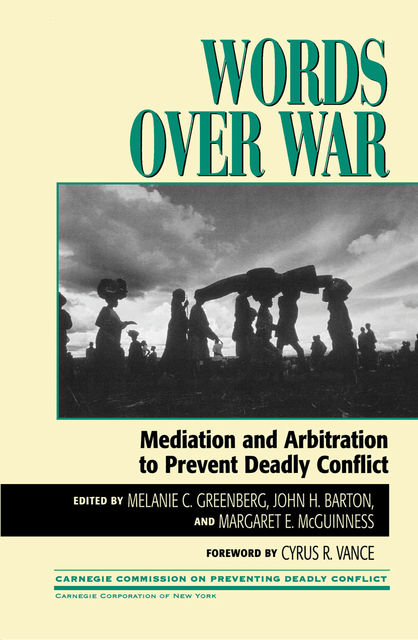The international community can creatively and aggressively address deadly conflict through mediation, arbitration, and the development of international institutions to promote reconciliation. The editors of this book designed a systematic framework with which contributors compare third party intervention in twelve conflicts of the post–Cold War period. They examine the role of international organizations—the United Nations, international development banks, and international law institutions—and they analyze the tools and forms of leverage in successful and unsuccessful mediations. Based on the case studies, the editors identify the most effective institutions, make recommendations for improving interventions, and elucidate several important insights into the mediation process and the role of the international community in dispute resolution.

